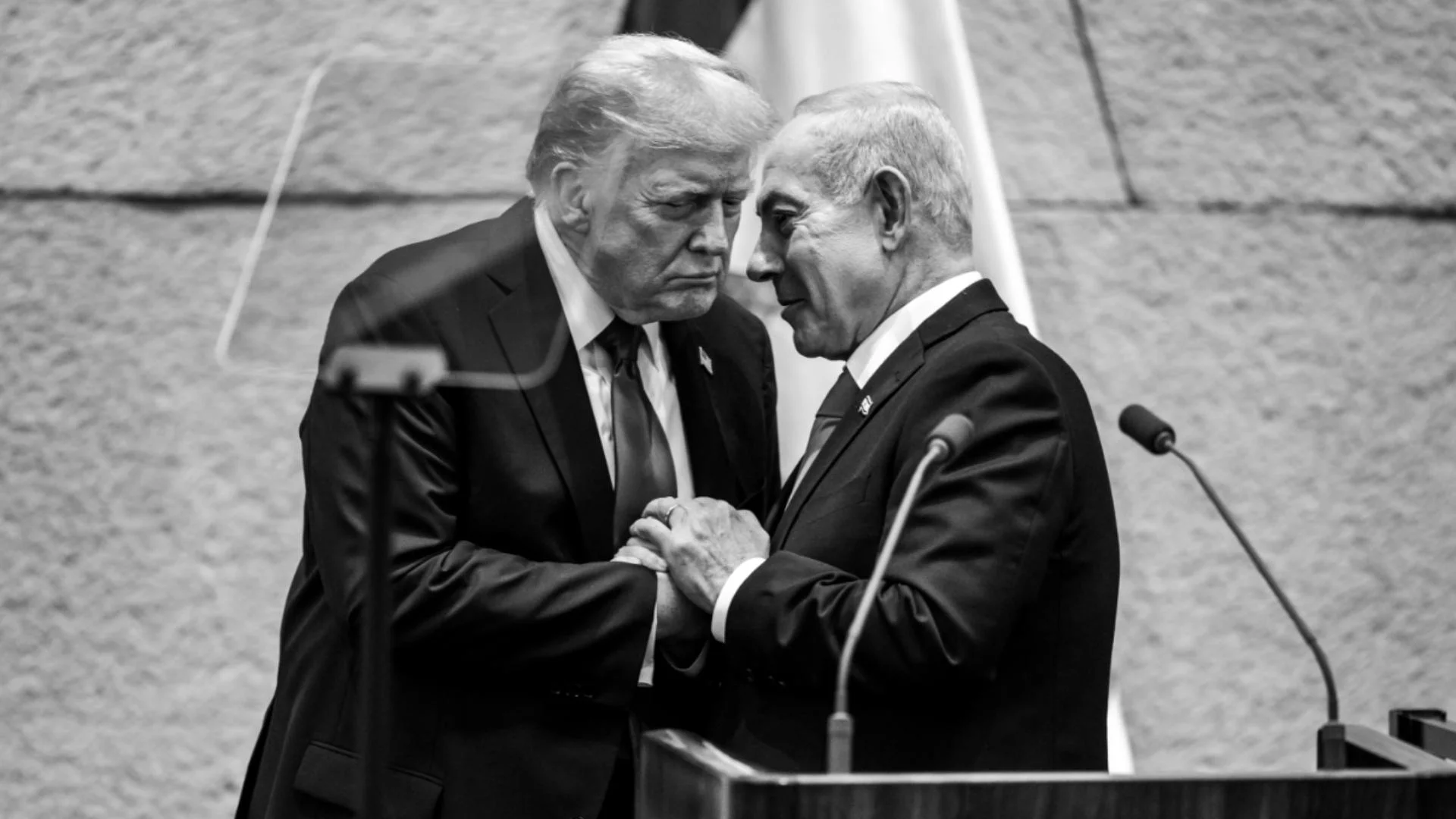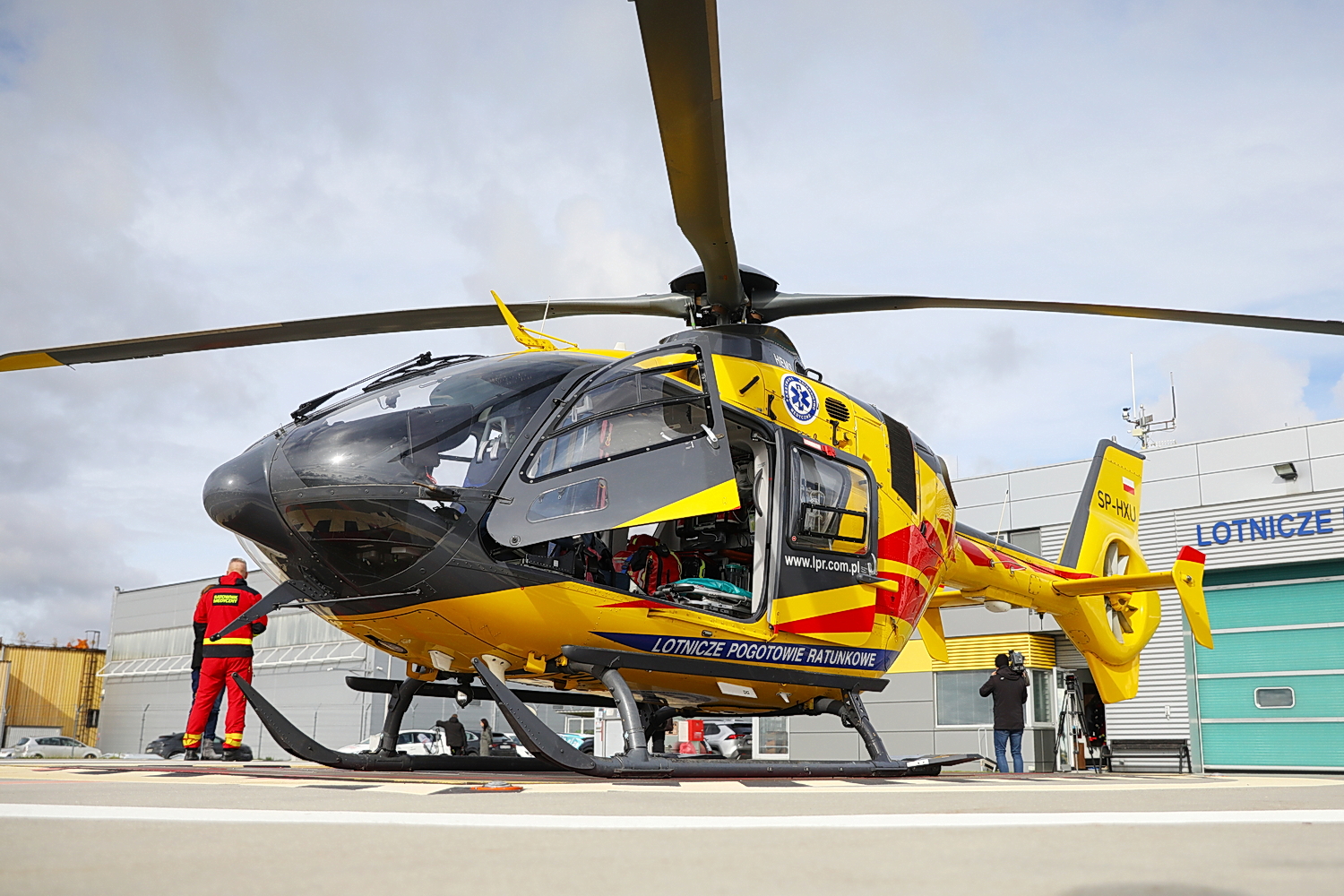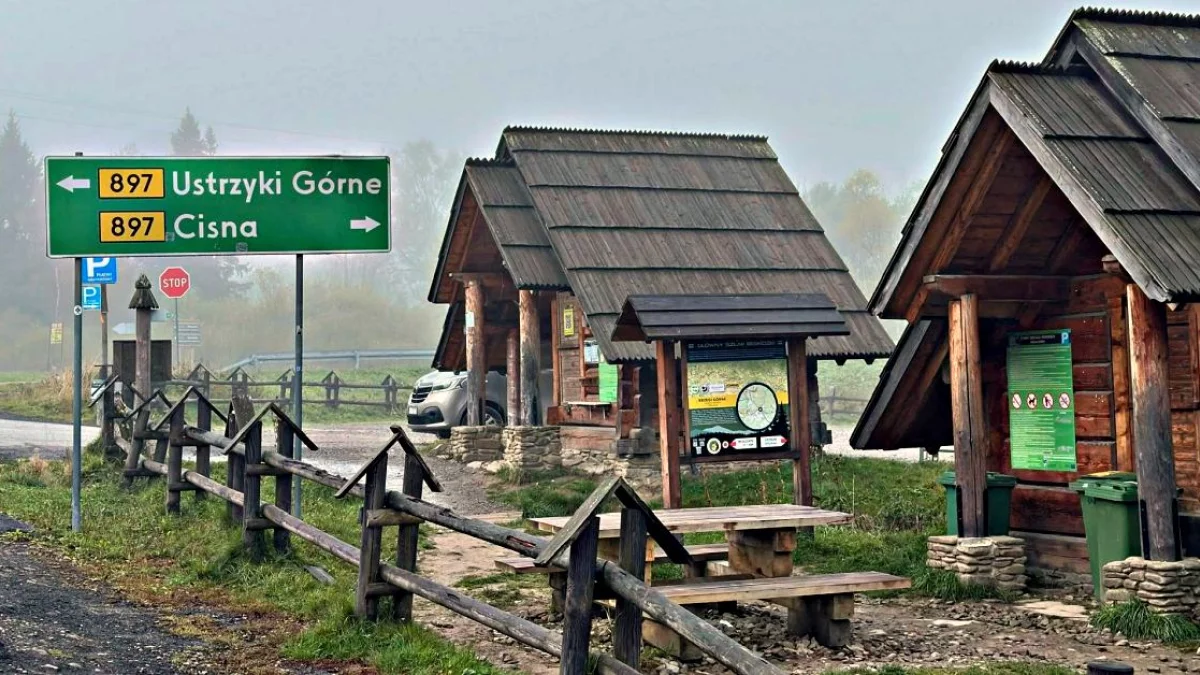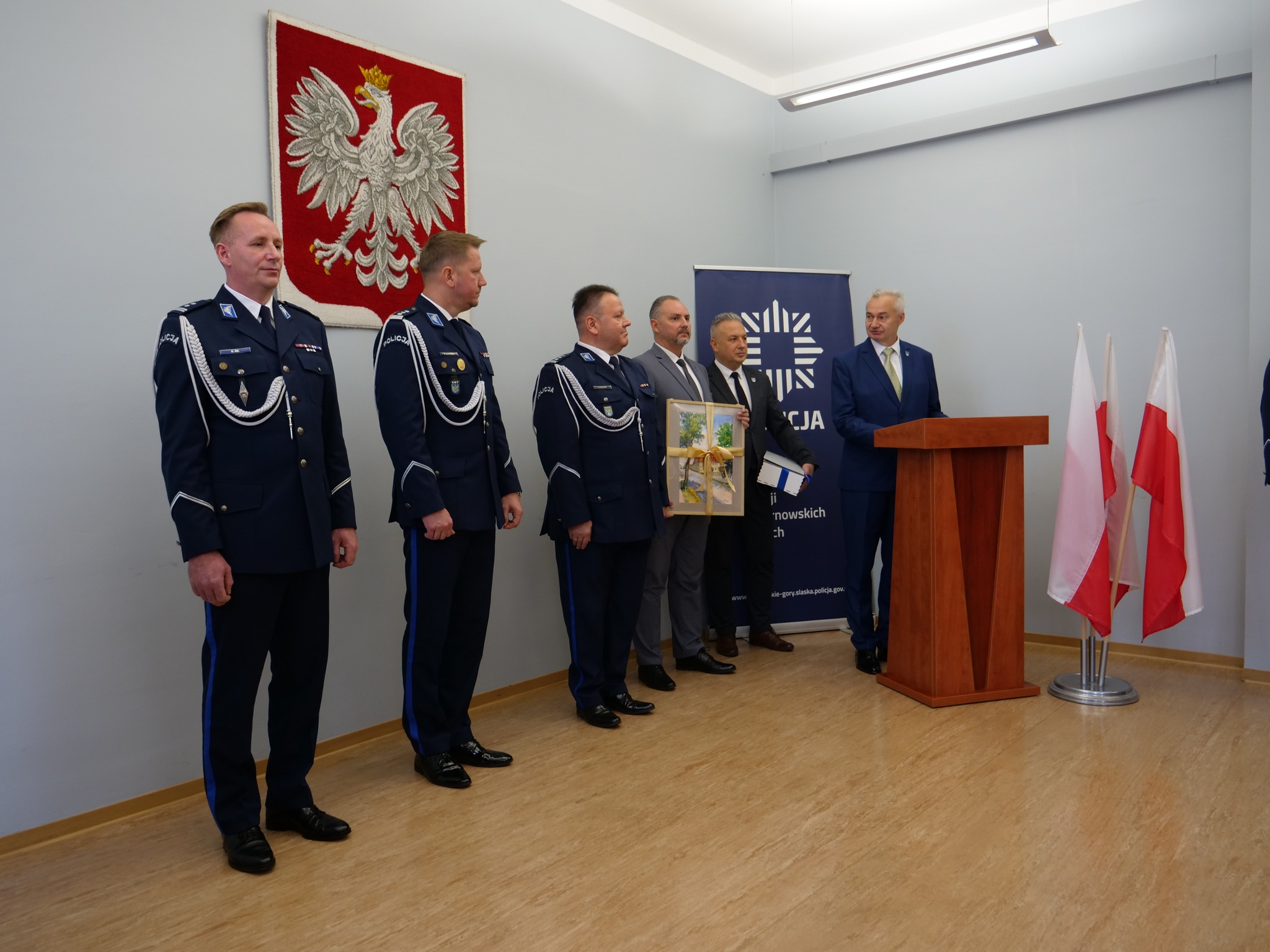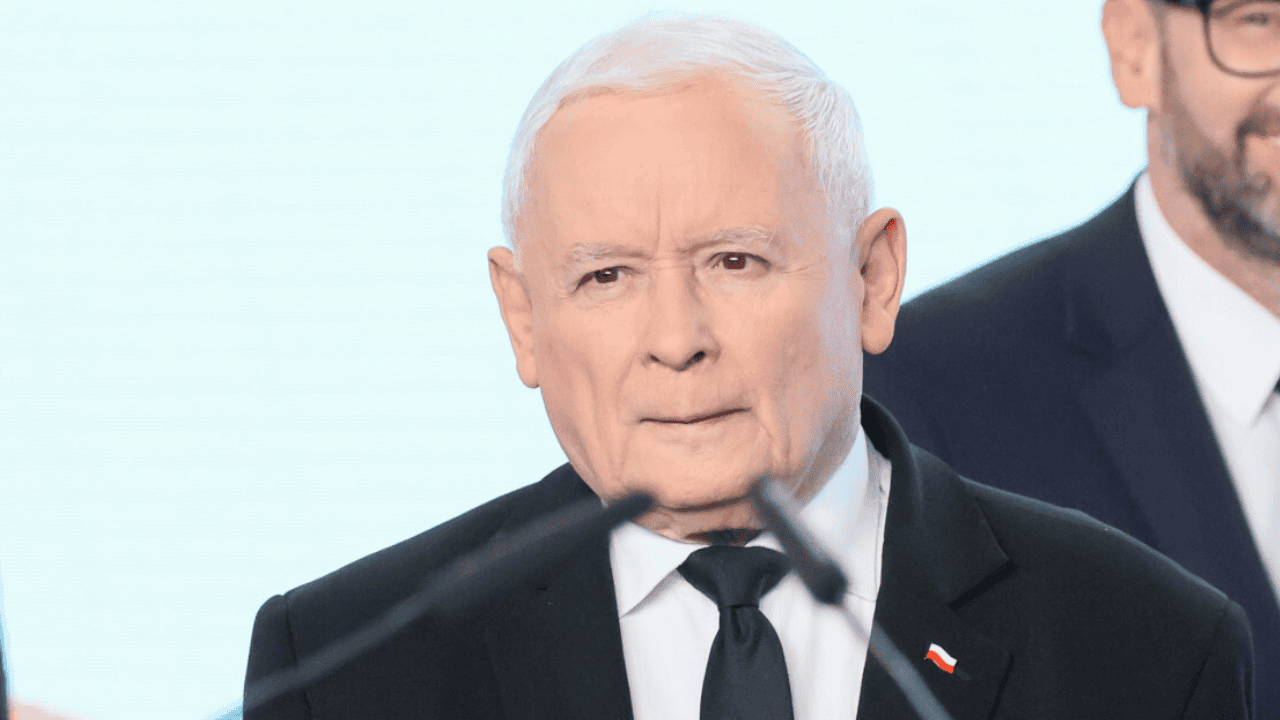Maciej Kuczyński's work was planned as the first volume from the series describing conflicts in which the US was active in the second half of the 20th century. The book was published in 2015 and it is not known that another volume will appear, although on 1 of the online forums for historians 1 can find statements by the author, declaring that another volume, which was to be devoted to the Indochina Wars, was almost ready.
It is simply a pity that the task seemingly failed, for the book is simply a very valuable position. The conflict descriptions are highly detailed, covering not only the course of action itself but besides the structure of the forces active and the characteristics of the weapons utilized and the biographies of the most crucial commanders.
The only shortage of the book in this field is not adequate maps, due to the fact that any of the described activities are not illustrated by maps at all, whereas the detailedness of the location is large enough, that the described places are practically impossible to find on the standard map or in the atlas.
Quite valuable is the photograph material placed in the mediate of the position, although we will find mainly portraits of individual leaders and military commanders. It would appear that schematics or even photographs of peculiar types of weapons and weapons would be a valuable addition – especially since the author admits to aesthetic delights over 1 of the models of aircraft (which we will not find in the book).
Bibliography mostly covers only English-speaking positions, which unfortunately negatively affects the character of the author's speech. However, it is worth looking at this set of readings, which includes, in addition to hard-to-access specialist positions published in the pre-internet era, besides more easy accessible general fundamental studies (e.g. on the past of maritime conflicts), which can be easy reached on the Internet.
As mentioned above, the kind of literature utilized affects the distribution of accents in the book. The descriptions of actions, structures and armaments of Yankee units are incomparably more detailed than US opponents. The author does not even effort to conceal his sympathy for the United States, western demoleberism, or even Christianity, but this is reflected mainly in the paragraphs summarizing the individual chapters, which does not distort his fundamental argument.
This message is characterized by infinite clarity, order, precision and physicality. The book Maciej Kuczyński does not contain “water lava”. In addition to the factual item and richness of content, it is precisely the clarity of speech that is the main value of work. Only the deficiency of bibliographic footnotes, based solely on second-degree sources and several-captured worldviews at the end of chapters (and respective times indirect worldviewal allusions in the text), do not let to classify work as technological but popular science.
This book includes the Berlin crisis 1948-1949, the Korean War 1950-1953, the landing of the Marine Infantry in Lebanon in 1958, the U.S. engagement in the Chinese-Taiwan conflict for the islands of Quemoy and Matsu in 1958, the 2 stages of the Cuban crisis 1958-1962 (the unsuccessful landing of counter-revolutionaryists in the Bay of Pigs and the emergence in tension following the deployment of russian missiles on the island), the US interference in the civilian War in the Dominican Republic 1965-1966.
A very crucial (and 1 of the more extensive) is the first chapter of the work, where the author reports the disarming of the U.S. after the end of planet War II with conventional weapons and demobilization of the armed forces and an effort by the Truman administration to base Washington's strategy solely on atomic deterrence forces. It is worth noting that the first chapter, which refers to the fresh post-war geostrategy of the US, contains an analysis against the background of literature on these issues, which is mostly innovative in Poland.
Similarly, popular historical myths break down a sub-chapter dedicated to the Cuban rocket crisis, The author concludes that, due to the disparity of power forces (illustrated in the annex at the end of the book), which Nikita Khrushchev was aware of, no planet war threatened the planet at the time.
The russian Union did not want to leave atomic warheads in Cuba (they would not change the mostly unfavourable balance of forces for Moscow and would not let a possible war to be won) but would usage them as a bargaining chip for forcing the US to retreat Trident missiles from Turkey (which Moscow managed to achieve).
U.S. Secretary of defence Robert McNamara, his deputy Paul Nitze (actual author known as the NSC-68 of the cold-war U.S. 1950 strategy, recommending "awaitment" of the russian Union) and commanders of armed forces staff were besides aware of these facts, thus not dramatizing the excessive crisis or even the very fact of the deployment of russian tatas in Cuba. The real “war of nerves” crisis was only for the Kennedy brothers.
The actual game was only about whether the US would start bombing Cuba (as wanted by General Curtis Le May and erstwhile Secretary of State Dean Acheson participating in the President-in-Office of the National safety Council) and it would scope the local war and whether the Yankee units would attack russian convoys and there would be a local conflict of conventional powers (in which Russia would should be a losing party). In the end, president Kennedy's position prevented the implementation of escalation scenarios and tension was relieved without violence.
The author's thesis is besides provocative, though argumentated, that about the suppression in January 1951 of the key to the resolution of the Korean Chinese offensive has decided not to overexpand the Chinese's communication lines and the depletion of their resources, but Truman's press conference of 30 November 1950, at which he threatened to usage atomic weapons and escalate the war to a global level, inter alia by attacking targets in Manchuria. The author besides denies that the usage of atomic weapons against China was pursued by MacArthur, who wanted to extend to China the war effort – but only with conventional weapons.
The author's selection of issues in the another chapters is little convincing, for why do we actually get a description of the meaningless episode of the threat of US usage of force in Lebanon in 1958 and was considered a turning point of past by 2 years earlier of the Suez crisis in the same region of the planet and the then threat of US usage of force? Why does the author devote a chapter to China and Taiwan's artillery duel on the islands of Quemoy and Matsu in which Washington's function was limited to supplying arms to Taiwan and escorting its convoys in global waters, and does not compose anything about the direct combat by US forces of the Hukbalahap movement (whose rebellion lasted until 1954) in the confederate part of the island of Luzon?
The book’s image is an overwhelming advantage of the United States in the possible for mobilisation and usage of force, whose limitations in the first period of the “first” Cold War stemmed from the erroneous geostrategic calculations of Washington, where the importance of atomic weapons was overestimated. The U.S. almost constantly had the ability to task force on the outskirts of the large Island (although not in its interior – e.g. in Russia, China or Iran) and the trauma of the Korean War, during which the Yankees could not gather sufficiently quickly, made the U.S. to rise its possible to a level exceeding the mobilization capacity of all the remaining powers taken together.
Despite the occasional demonstration by the Author of his political and civilizational sympathies and limitations of prospects to the Yankees, Maciej Kuczyński's work is reliable and erudite, and so worthy of instruction. It is only regrettable that there is no indication that another volume announced by the Author should appear.
Ronald Lasecki
Maciej Kuczyński, "The Hot Years of the Cold War 1945-1965", Bellona Spółka Akcyjna, Warszawa 2015.



